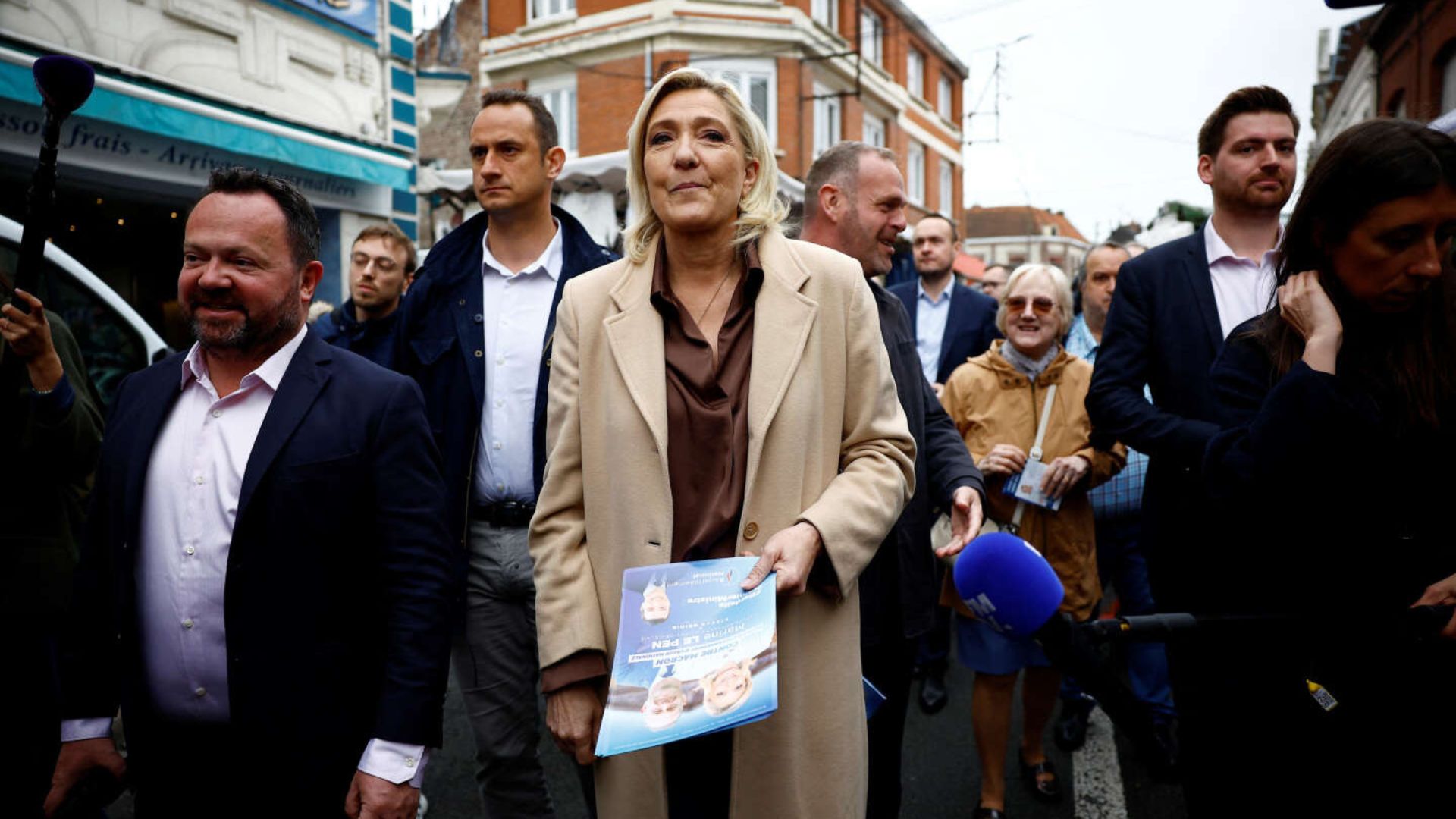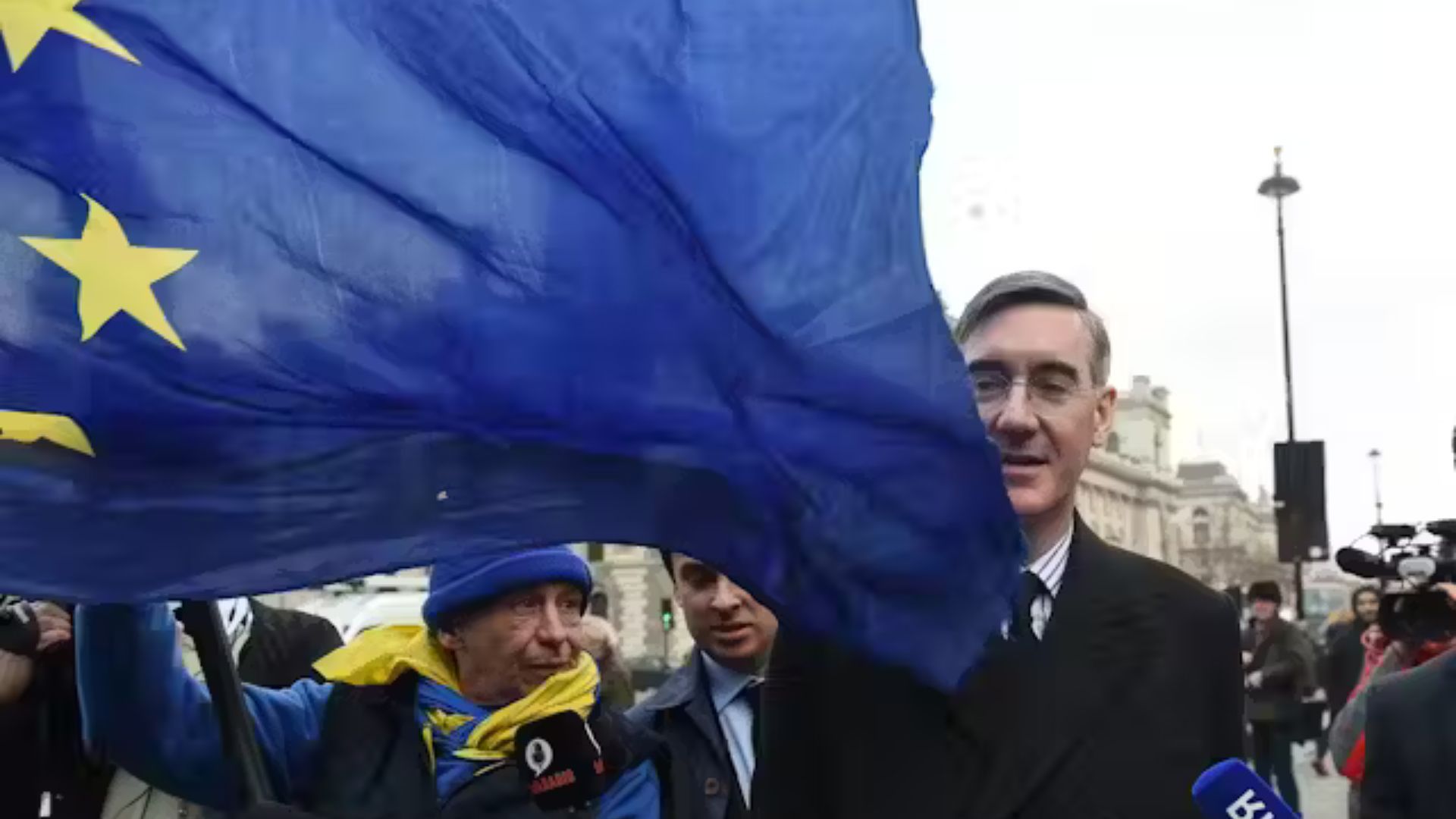Maintaining party unity during elections is essential for ensuring success at the polls. A divided party can lead to confusion among voters, weak campaigning, and ultimately, a lack of trust in the party’s ability to govern. In this article, we’ll discuss several strategies that can help keep a political party united and focused during the crucial time of an election.
Emphasize Common Goals
The first step in fostering party unity during elections is to emphasize the shared goals and values of the party. It’s easy for differences in opinions to arise, but reminding party members of the broader mission can help them stay focused. Whether it’s economic reform, healthcare, or education, reinforcing the overall objectives of the party ensures that everyone remains on the same page. This common purpose helps align efforts and avoid infighting.

Open Communication Channels
Clear and open communication is one of the best ways to maintain party unity during elections. Party leaders should encourage dialogue among all members, ensuring that concerns are addressed before they become larger issues. Regular meetings, forums, and digital platforms where members can share ideas and feedback help everyone feel involved. When people feel heard, they are more likely to remain engaged and loyal to the party’s cause.
Promote Strong Leadership
Leadership plays a pivotal role in ensuring party unity during elections. A strong and effective leader sets the tone for the party and guides members through the challenges of an election campaign. By demonstrating decisiveness, fairness, and openness, leaders can inspire confidence and loyalty. When party members trust their leadership, they are more likely to work together harmoniously, even in the face of difficult decisions.
Address Internal Conflicts Early
Conflicts are inevitable in any organization, but addressing them early is crucial to maintaining party unity during elections. When disagreements arise, it’s important to mediate them quickly and fairly. This can be done through formal conflict resolution processes or informal discussions. The goal is to prevent any division from escalating into a public dispute, which can harm the party’s image and campaign efforts.
Create a Unified Campaign Strategy
One of the key strategies for fostering party unity during elections is creating a unified campaign strategy. All candidates and campaign staff should be aligned with the central message of the party, ensuring consistency in communications. Having a coordinated strategy helps avoid mixed messages that could confuse voters or make the party appear disorganized. It also ensures that every aspect of the campaign, from advertising to public appearances, works toward the same goal.
Encourage Member Participation
Involving all members in the campaign process is essential for promoting party unity during elections. When people feel like they are part of the action, they are more likely to stay loyal and motivated. Encourage members to volunteer, participate in events, and share their ideas. By fostering a sense of ownership in the party’s success, you create a more engaged and unified base.
Reward Loyalty and Dedication
Recognizing the hard work and loyalty of party members is another effective strategy for maintaining party unity during elections. Acknowledging the efforts of volunteers, staff, and candidates fosters goodwill and keeps morale high. Whether it’s through public recognition, awards, or simple thank-yous, showing appreciation can strengthen the bonds within the party.
Stay Focused on the Opponent, Not Internal Divisions
During an election, it’s important to remember that the real competition is external, not within the party. Focusing energy on defeating the opponent rather than on internal conflicts is crucial for party unity during elections. Keeping the party’s attention on the ultimate goal—winning the election—ensures that petty disagreements don’t derail the campaign. Party leaders should continuously remind members of this to keep everyone moving in the same direction.
Foster Collaboration Across Factions
In most political parties, there are different factions or wings with varying views. However, it’s important to bring these groups together to work as a unified front. Collaboration across these factions, while respecting their differences, is key to promoting party unity during elections. Holding joint meetings, cross-faction campaigns, and collaborative policy development sessions can help bridge divides and create a stronger sense of unity.
Maintain a Positive Public Image
Finally, it’s essential to maintain a positive public image to ensure party unity during elections. Negative press or public disputes can damage the party’s reputation and lead to internal discord. By focusing on the party’s strengths and promoting a positive, cohesive message to the public, you can foster a sense of pride and loyalty among members. This keeps the party united and presents a strong, confident image to voters.
Conclusion
Maintaining party unity during elections is key to running a successful campaign. By focusing on shared goals, fostering open communication, addressing conflicts early, and promoting strong leadership, a party can remain united and strong. Implementing these strategies will ensure that your party presents a cohesive, focused image that resonates with voters and leads to victory at the polls.

